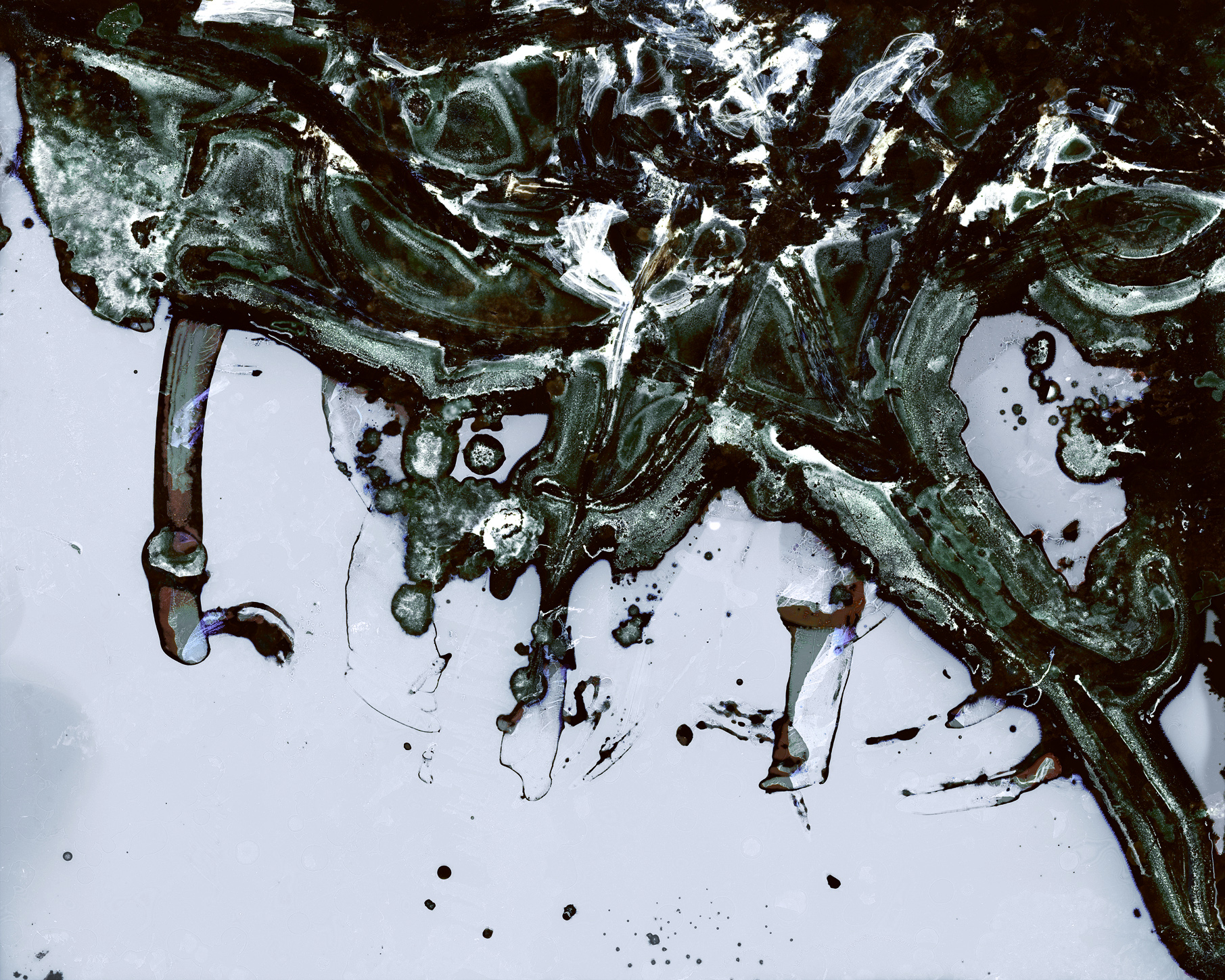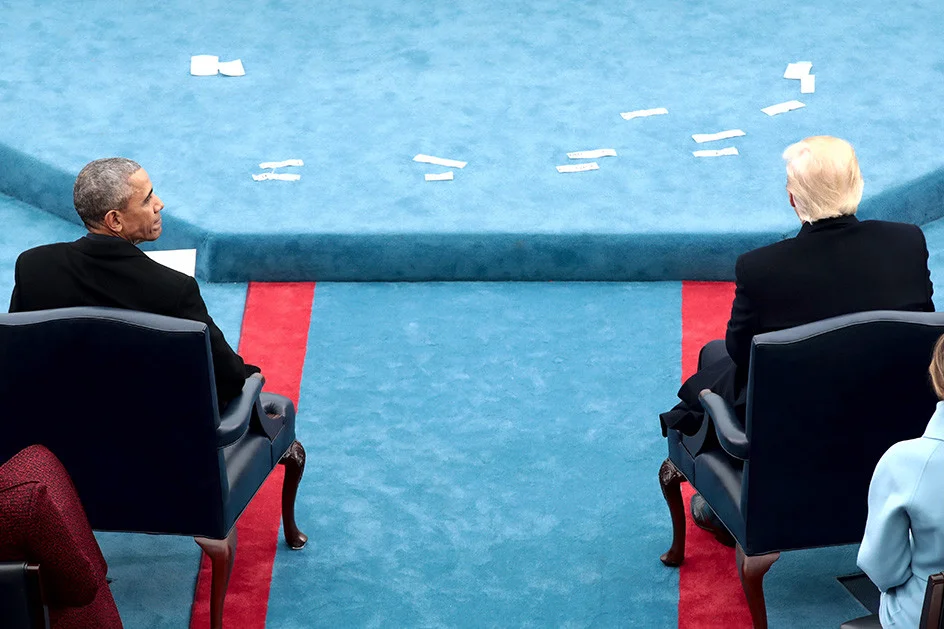Photographic Experimentation: Interview with Jiang Pengyi
Foresight No. 1, 2017-2018, Archival Inkjet Print, Mounted on Aluminium Panel, Toughened Acrylic © Jiang Pengyi
By Anita Sheih
Anita Sheih: What brought you to the arts, specifically photography?
Jiang Pengyi: I first started academy-style art training in junior high school. After graduating from the China Academy of Arts, I worked as an architectural photographer. This experience trained me in Photoshop and enabled me to utilize these tools to express my confusion about the external environment at that time. All Back to Dust was my first series of photographic works. Through this series, I began to actively contemplate how the rapid urbanization process has affected me, and I expressed it in my own way in my work.
Anita: How do you feel your Chinese identity informs your work and your position in the art world?
Jiang: I always think there’s an Eastern perspective to photography: To establish a photosensitive inner world that does not emulate the appearance of objects nor project oneself outward, but one that synthesizes all that you perceive and then breaks free from existing rules to establish an independent mind. This is what I ask of myself. I’m not concerned with anything else.
Dark Addiction, 2013, C-print, Mounted on Aluminium Composite Panel © Jiang Pengyi
Anita: Where do you find the inspiration for your projects, like Dark Addiction, Unregistered City, and Inconsolable Memories?
Jiang: If there’s such a thing as inspiration, then every new creative idea comes from the trials and errors of the previous experiment, or from self-doubt after the completion of a series.
Though photography has only existed for two hundred years, all kinds of experimentation from its earlier stages have been given up in exchange for commercial success.
Anita: What conceptual or physical techniques do you use in your practice?
Jiang: It depends on what techniques are required for each series. But I always use my openness, my willingness to fail, and my courage to stand in opposition to myself and my environment.
Foresight No. 20, 2017, Polaroid, 8x10 inches, Instant Film © Jiang Pengyi
Anita: It seems that your work often deals with time, natural and manmade processes, and spontaneity. How do explore these themes in your upcoming new work from your ongoing series Foresight, which will show at PHOTOFAIRS Shanghai 2019?
Jiang: Yes, these are some of the common themes that appear in most of my works. Perhaps I have made them more explicit in Foresight.
Anita: Other works from Foresight almost resemble paintings more than photographs—why have you chosen this visual language, and what do you hope to convey through it?
Jiang: Rather than a matter of photography resembling painting or vice versa, the different mediums share the same drive for creative energy. Photography requires more diverse forms of expression, beyond its replicating functions. I feel increasingly liberated in how I use photosensitive materials. I don’t need to control it. I let it run free, and eventually it will approach a state that reveals what I cannot express with words.
PHOTOFAIRS | Shanghai will be held at the Shanghai Exhibition Centre from 20-22 September. For more details go to www.photofairs.org.










